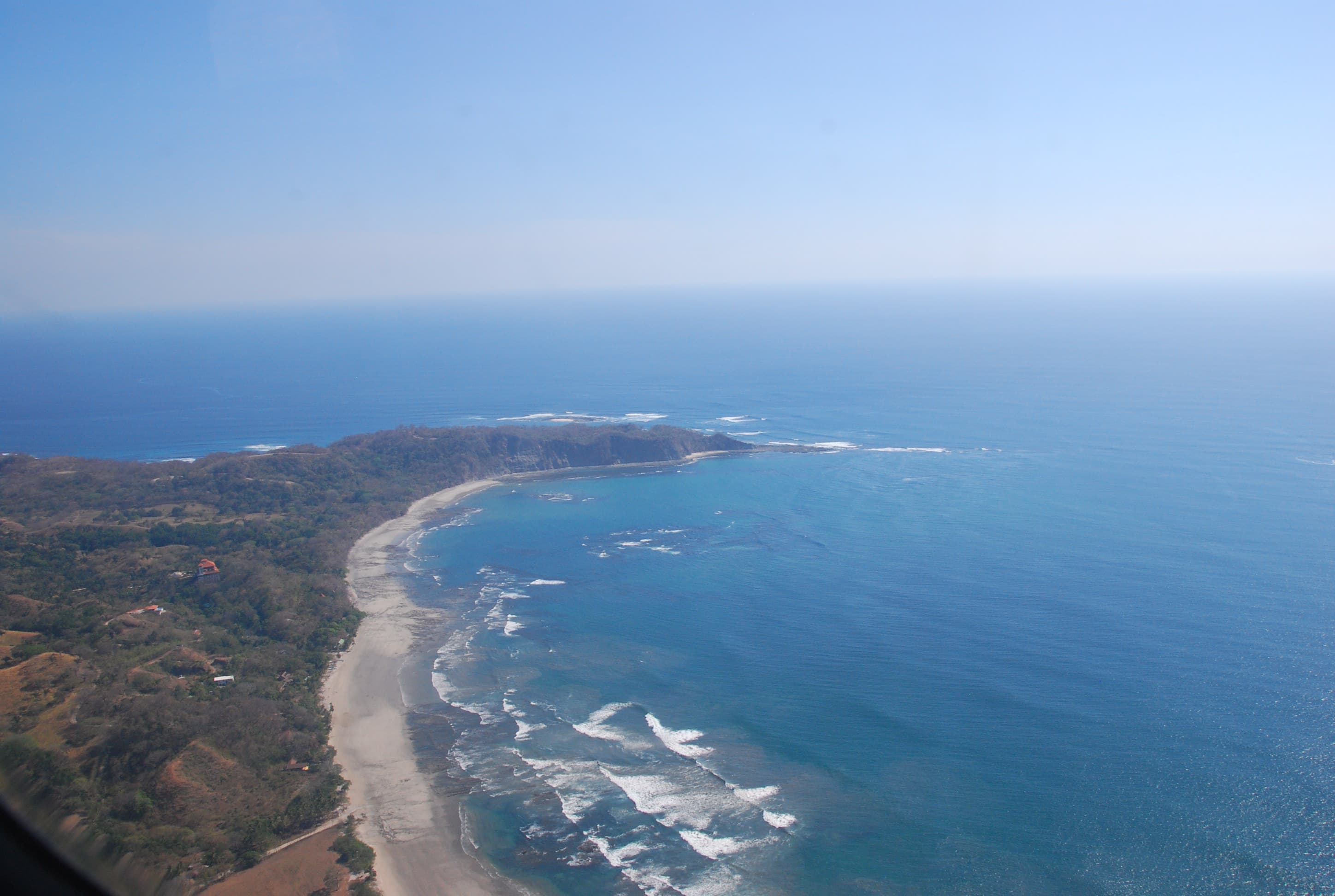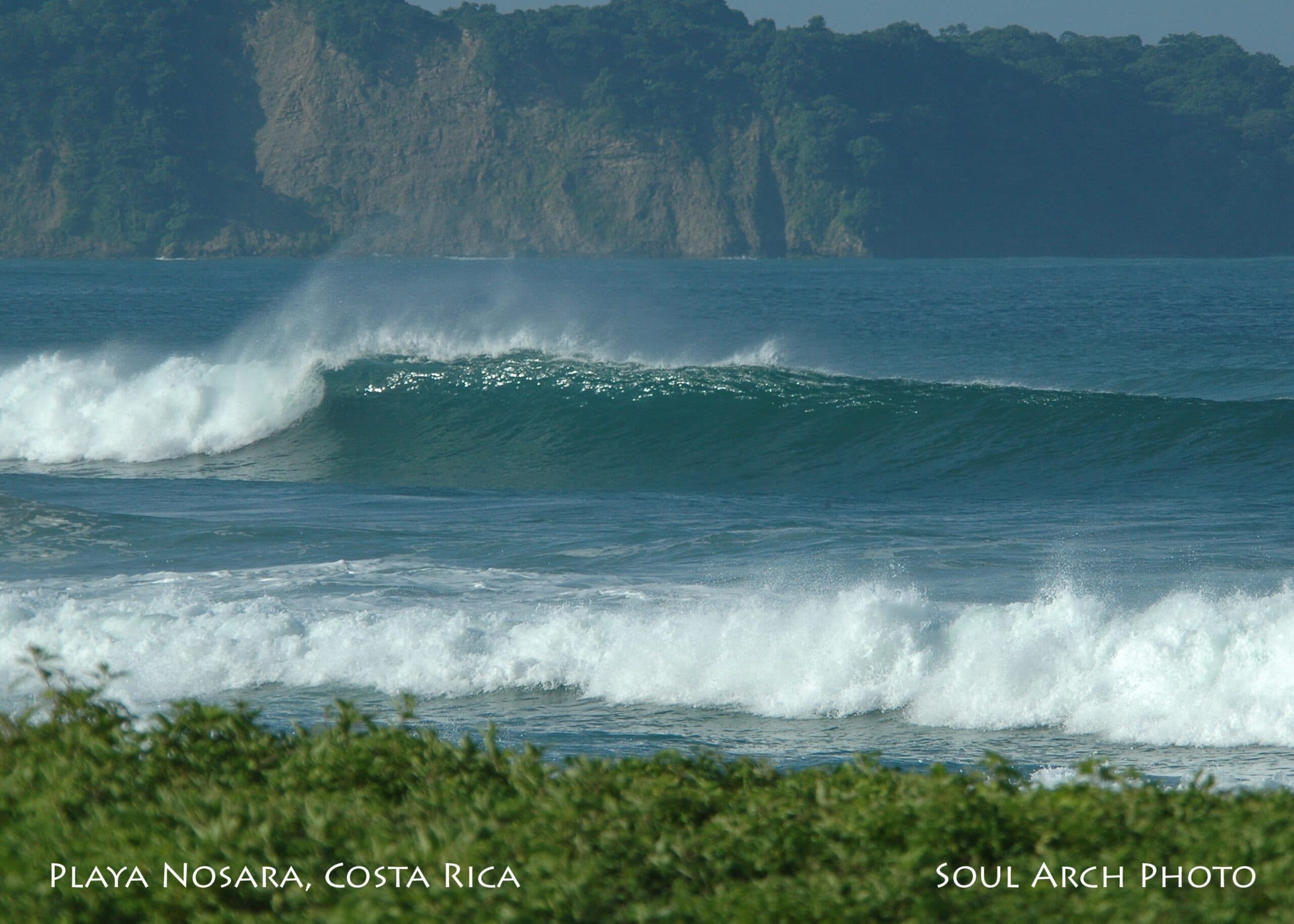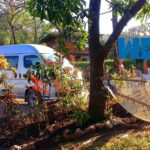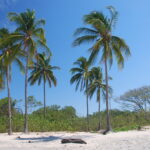It’s a blustery afternoon here in Guiones. After some excellent waves this morning we are all waiting for the wind to fade and the tide to rise so that we can head back out for the afternoon wave feast.
With waves on my mind, I think this is as good an opportunity as any to take some time to investigate the surf break that is Playa Guiones in this mini Inside Peak. In case you hadn’t realised, the stretch of beach on which we run our lessons produces some of the most consistent, best quality conditions a surfer could dream of. It works when the waves are big or small; messy or clean; high tide or low.Yep, Playa Guiones is about as reliable a wave you can get – if you had the time, you could be pretty much guaranteed to get a surfable wave here 365 days a year.
But the greatest thing about this beach is that it caters for everybody, from the first time surfer to the life time pro. Why is this so? What makes the waves of Guiones stand out from the rest? Let’s take a look.
Fetch
No, I’m not talking about the local pooches down at the beach chasing after sticks. In surfing, fetch refers to the amount of swell (i.e. surf) that a coastline is exposed to. Good swells are produced by winds blowing across long, unbroken stretches of water – the longer they can blow uninterrupted, the better the swell. Surf spots along the Gulf of Mexico, for instance, have minimal fetch due to small, enclosed nature of the body of water on which they reside. Hence their (generally) crappy waves. However, take out a map and look at the Pacific coast of Costa Rica and you will see that there is pretty much no land between it and the Philippines, thousands of miles across the other side of the ocean. Combine it with the fact that it receives swells from both the North and South Pacific, depending on the season, and you end up with a hell of a lot of fetch – which equals a hell of a lot of waves.

Bomboras
This is an Australian term (guilty as charged) which refers to outlying crops of rocks or reef that lie just beyond the breakers. These ‘bombies’ play a number of roles: they provide a nice home for fish, serpents and mermaids; a hazard for passing pirates / Spanish galleons; and a buena vista for daring divers. But, most importantly for us, the shallow water surrounding the bombies helps to prematurely refract and mould incoming swell. Stand on the beach on a big day at Guiones and look out towards the horizon, and you are sure to see peaking (or almost breaking) swells way, way out the back. This is the bombies weaving their magic, ensuring that by the time the waves reach us surfers they have been broken up into nice clean peaks which provide both left and right hand rides. If it weren’t for the bombies these swells would more likely arrive in one big long wall and close out the beach all at once. And there’s nothing surfers hate more than a close out.

Ocean Floor
The contours of the sea bed immediately below the impact zone of a wave plays the most important role in a wave’s final form. Sudden, shallow platforms of sand or reef rising rapidly from deep water will cause intense, powerful waves which can be incredibly dangerous: think Pipeline in Hawaii or Teahupoo in Tahiti.

Conversely, if there is no real rise at all most swells will simply lap or crash directly onto the shore, providing no chance to be ridden.
What we get at Guiones, however, is a perfect combination of elements. Beginning half a mile or so out to sea (right out near the bombies, as you can see in the earlier photo showing the swell refraction) the ocean floor rises in a gentle, even gradient as it approaches the shore line. This allows the incoming swells plenty of time to build, slowing down their speed while increasing their size as the water grows shallower beneath them. By the time they reach the first line of surfers, they have developed into the quintessential Guiones peaks, offering a great rippable wall – and even the odd barrel – for the more advanced surfers, while still breaking easily enough for beginners and intermediates to hone their skills on the open face. And once they’ve finally broken, the waves then transform into a broken wall of foam, rolling in for 40 yards or more before they reach the shore. It’s on these ‘foamies’ that countless individuals, ever since Tim and Tyler guided the first Safari Surf School student to their feet back in 1999, have taken the first steps of their surfing lives.
Of course, these aren’t the ONLY factors that make Guiones so great. The waves are still fun in pretty much any wind conditions, there are no big riptides or sweeps to wash you out to sea (however that’s not to say it can’t be dangerous – the ocean should ALWAYS be treated with caution and respect) and the water is as warm as you could want it. And of course, you get to share this all with the most outgoing and friendliest people in the world (this is an actual scientific fact) who will go out of their way to ensure get the true Pura Vida experience.
All in all, you would be pretty hard stretched to find a more agreeable piece of coastline in the world for our surfing purposes.And it’s this simple fact that will keep us coming back to Playa Guiones, time and time again.
PS Oh yeah, and we forgot to mention the sunsets.

The Inside Peak – What Makes Guiones Tick?




